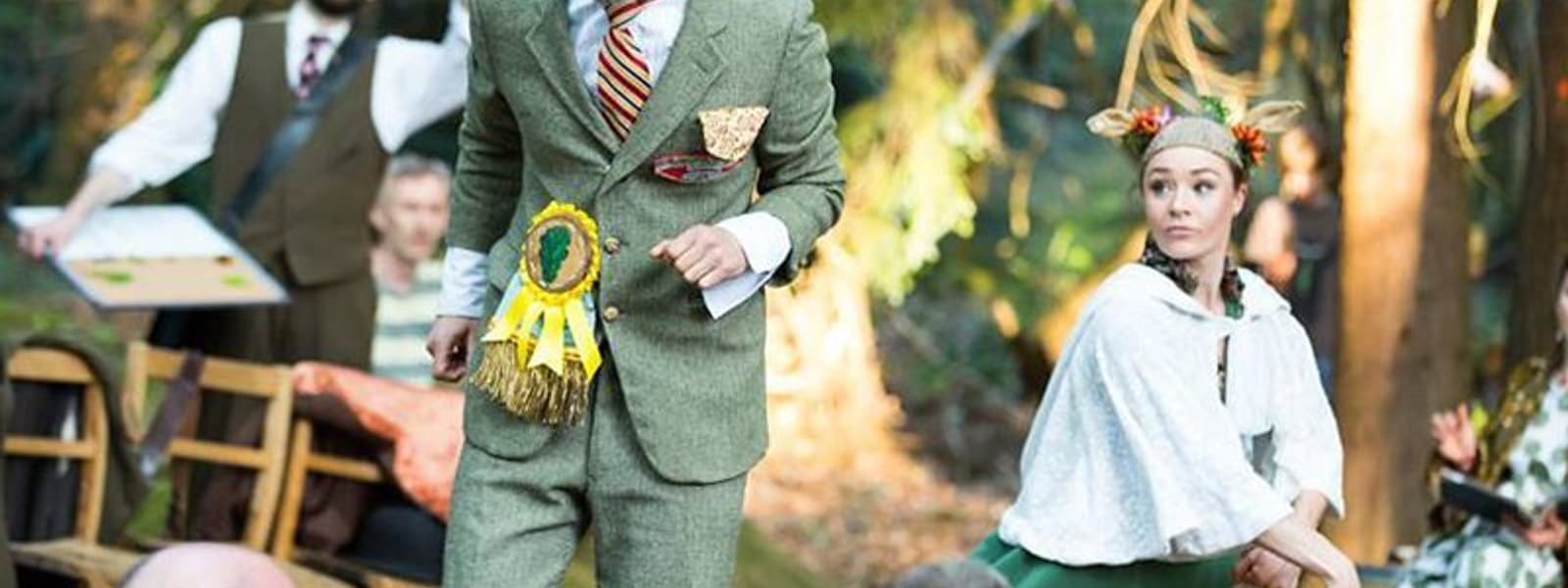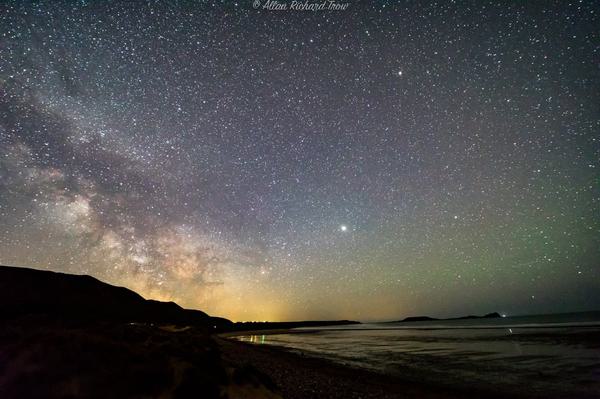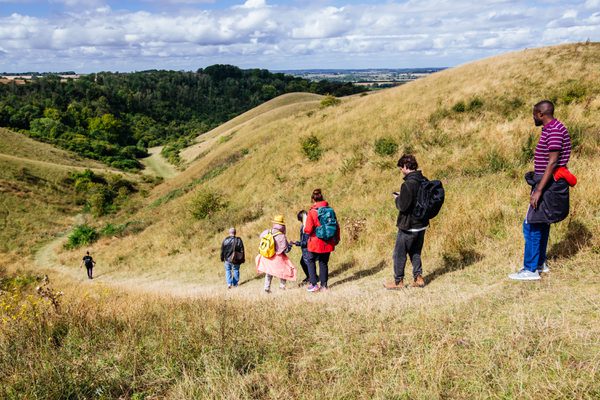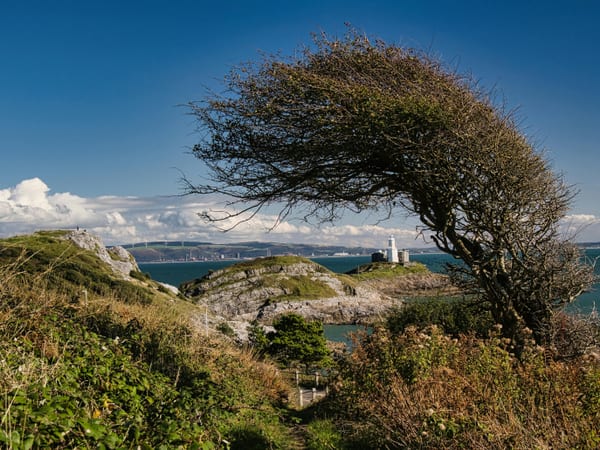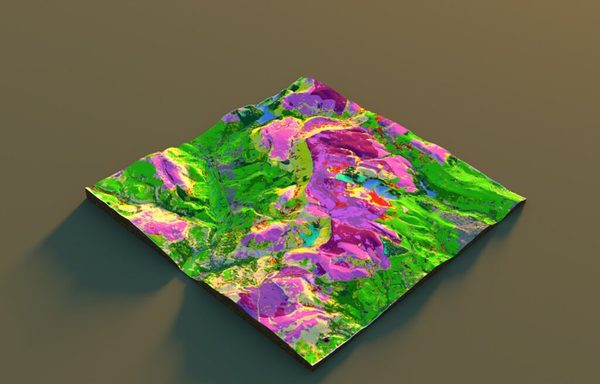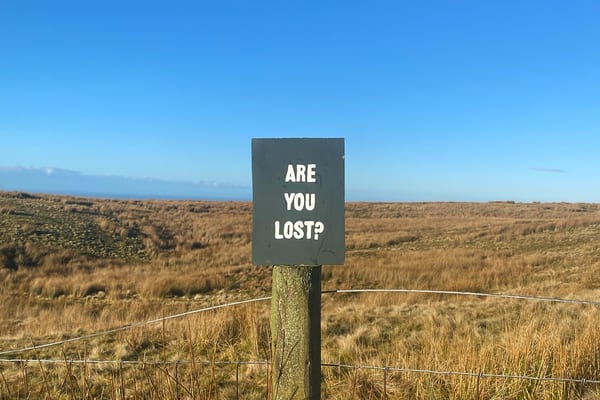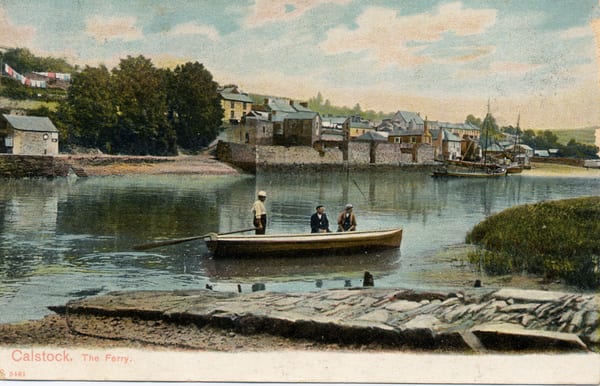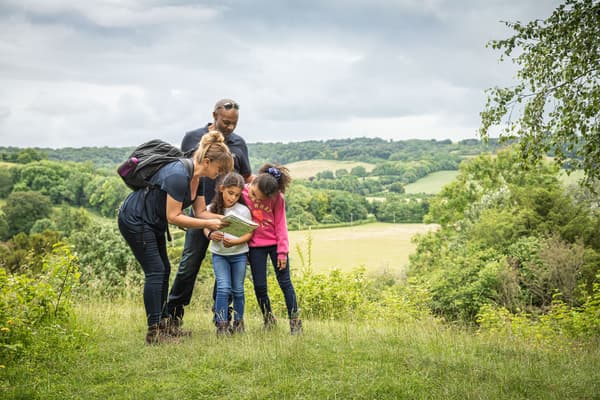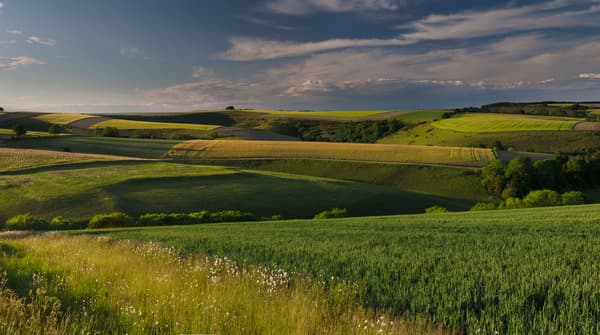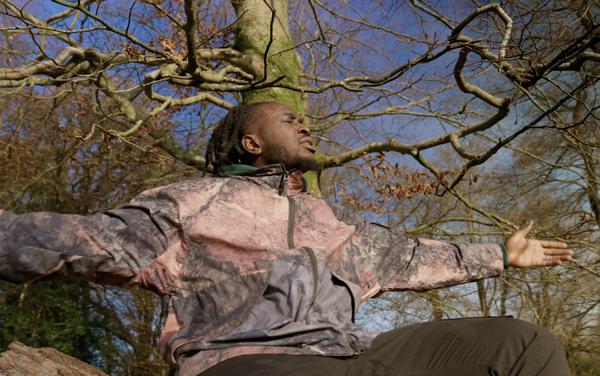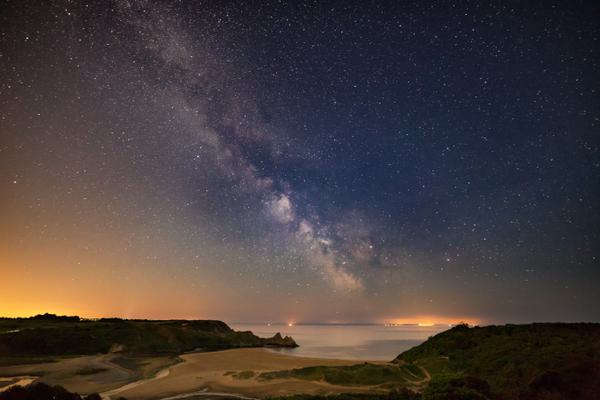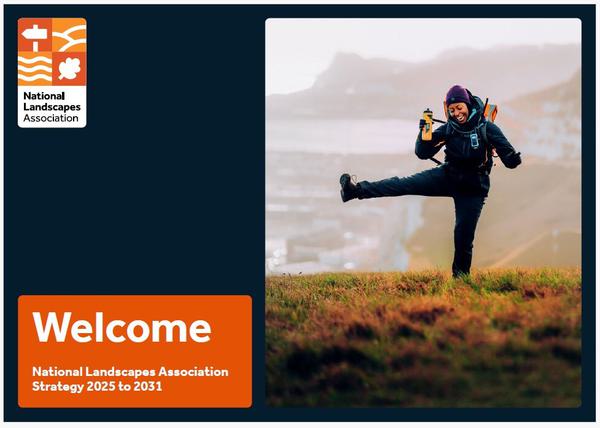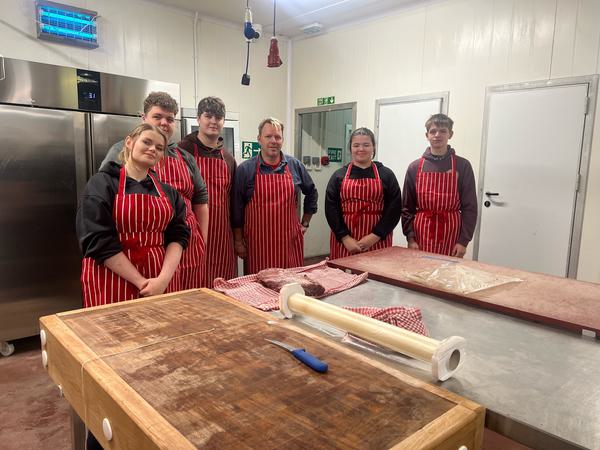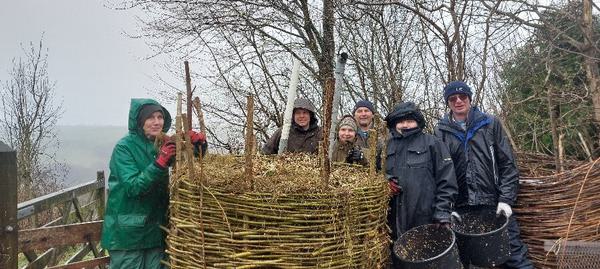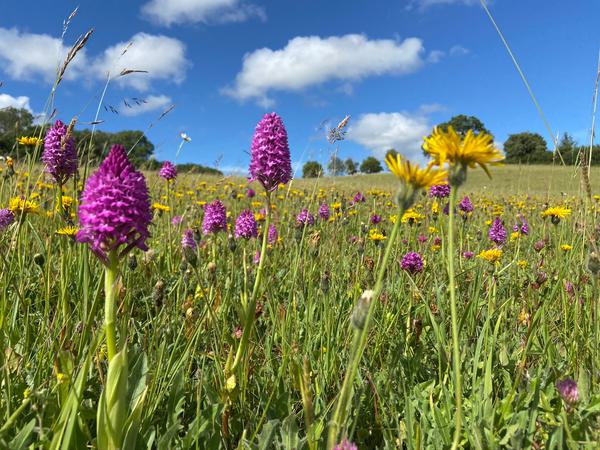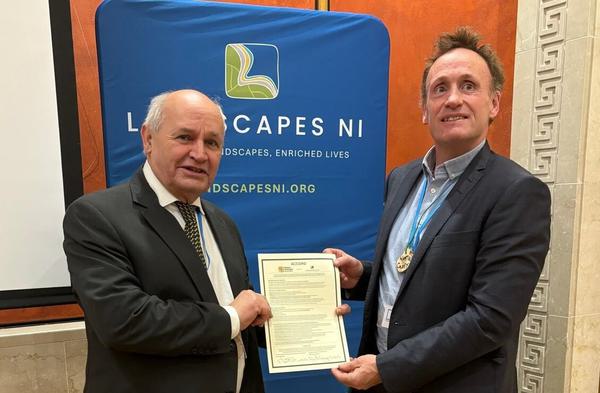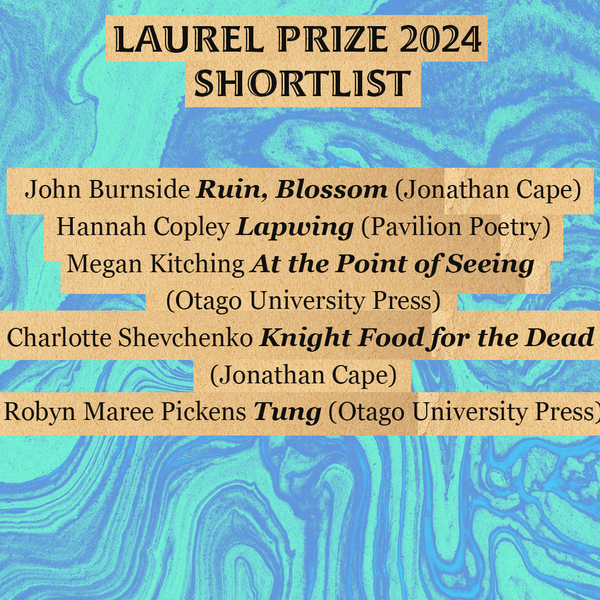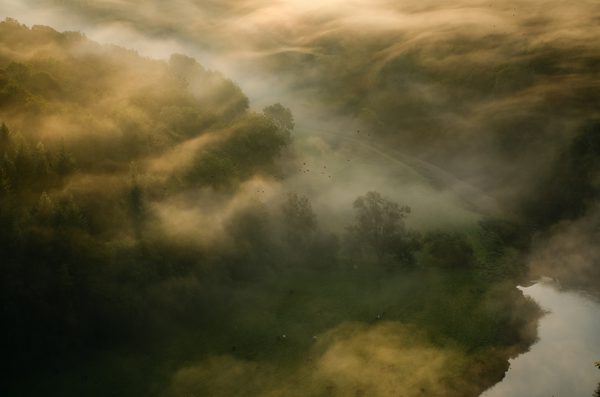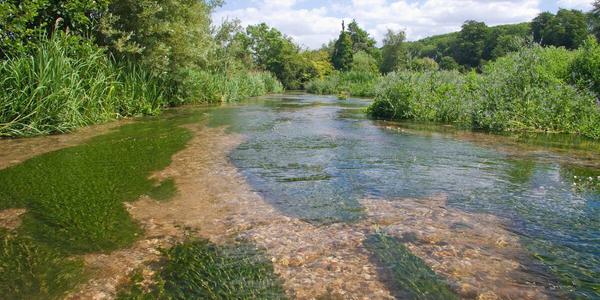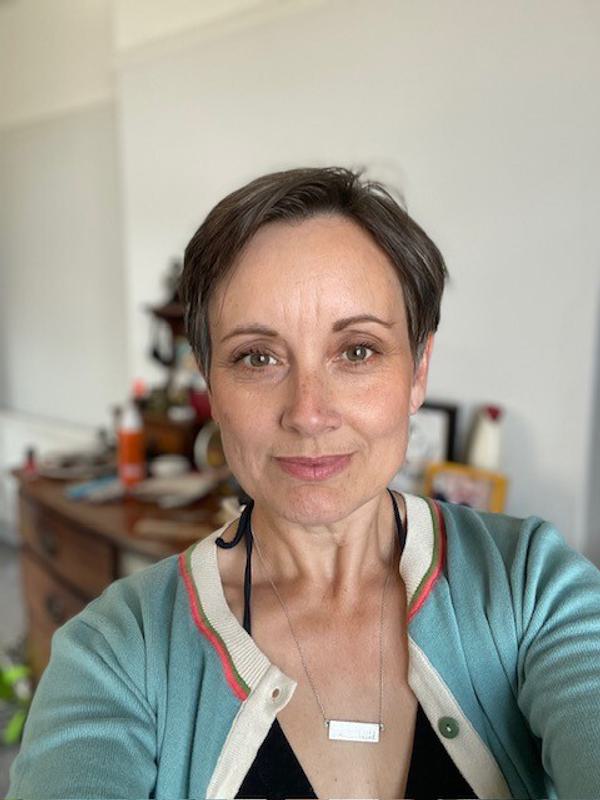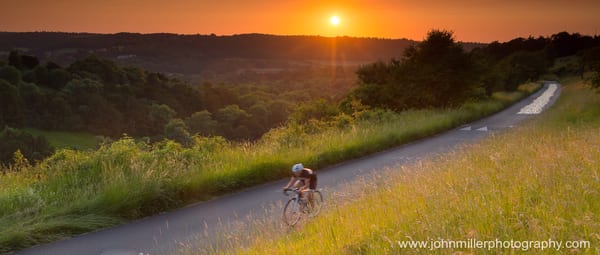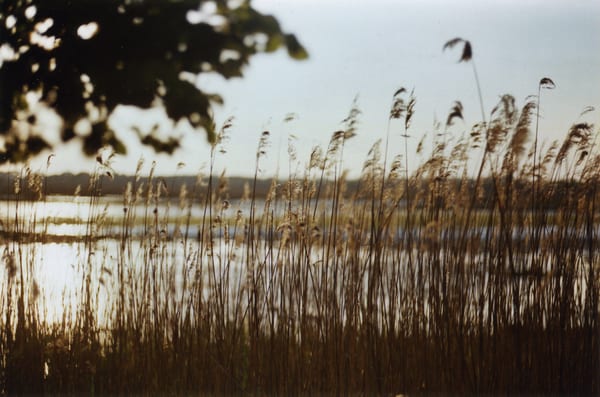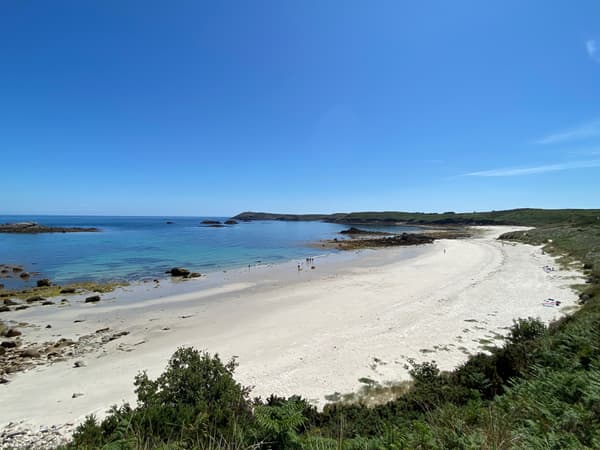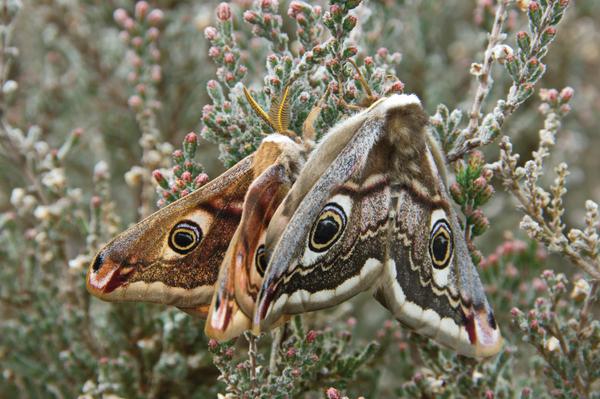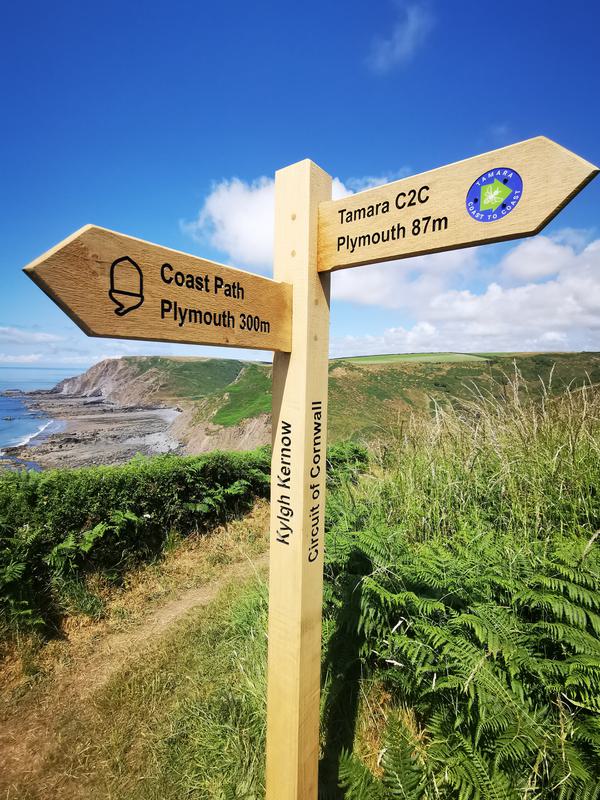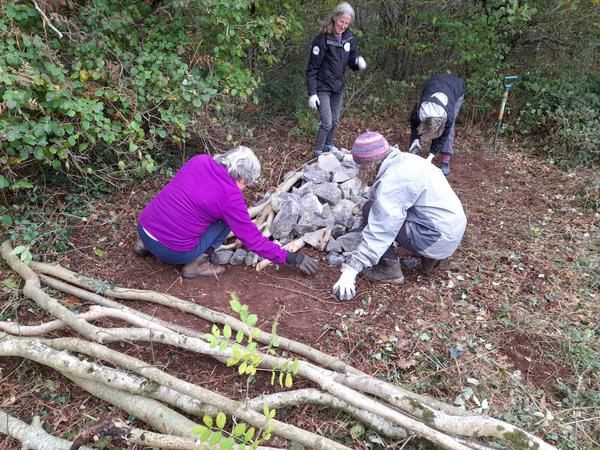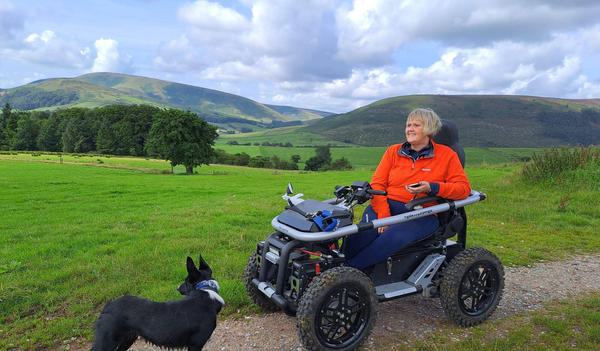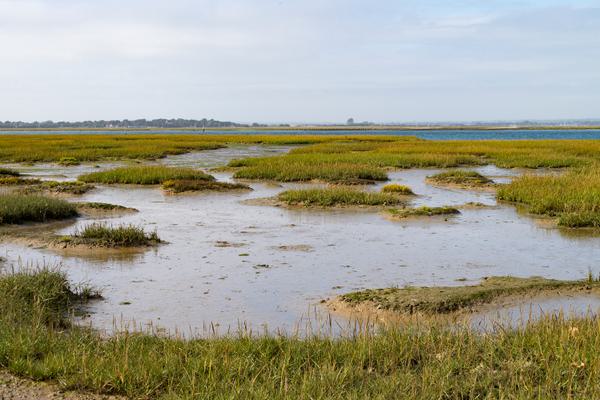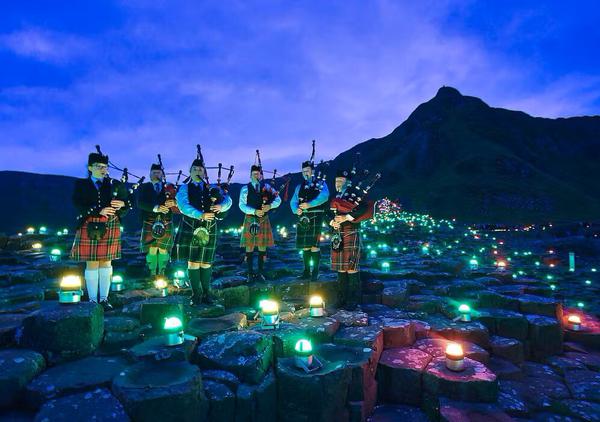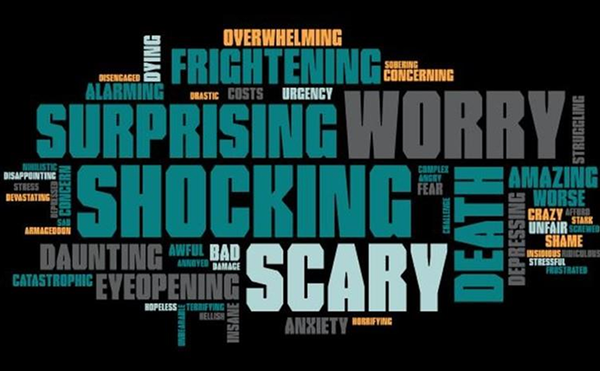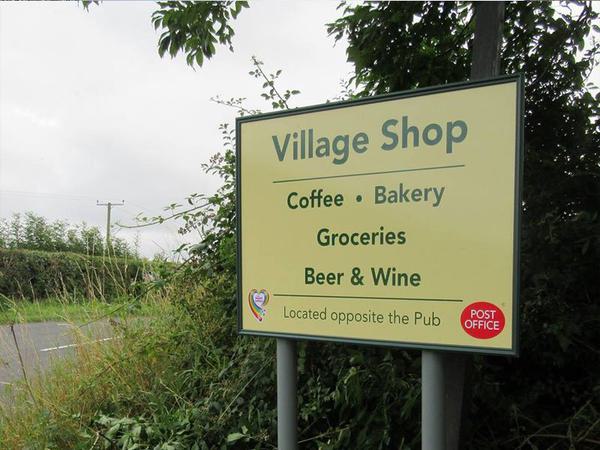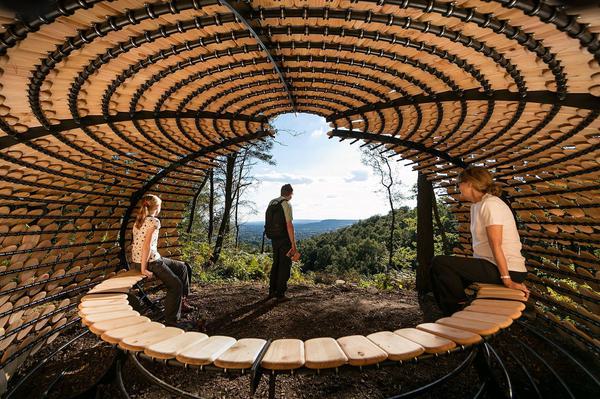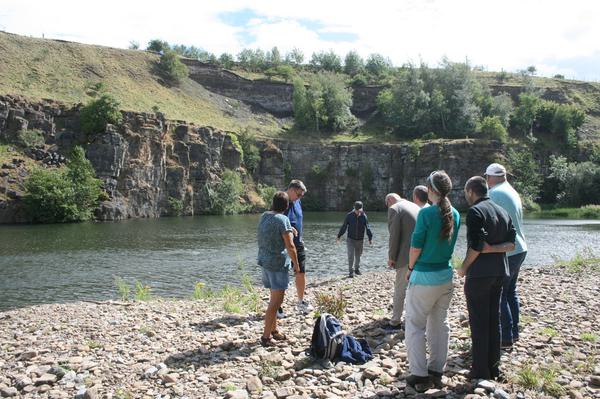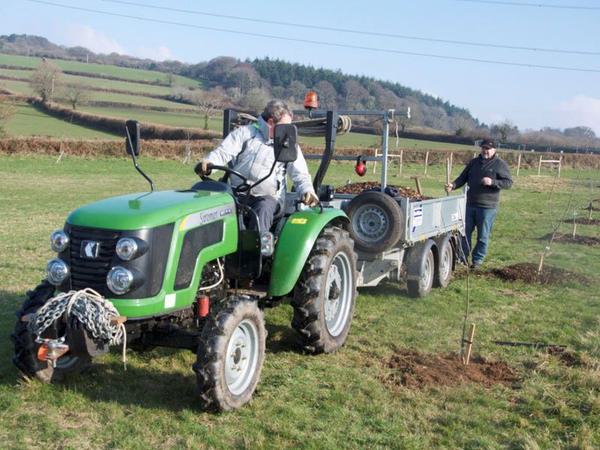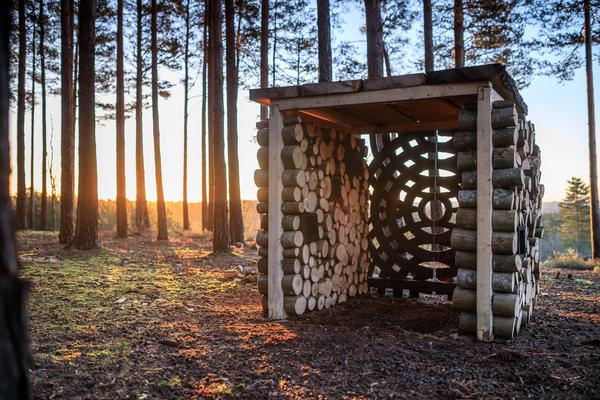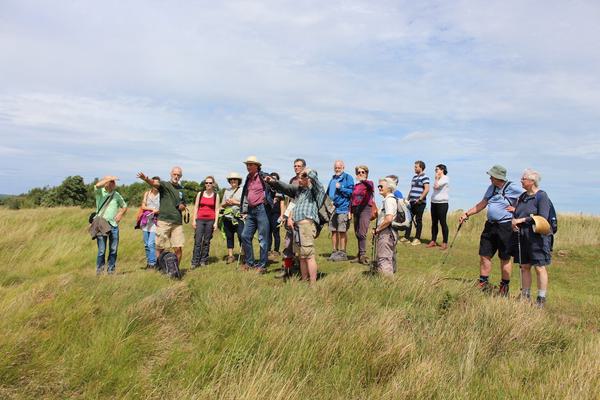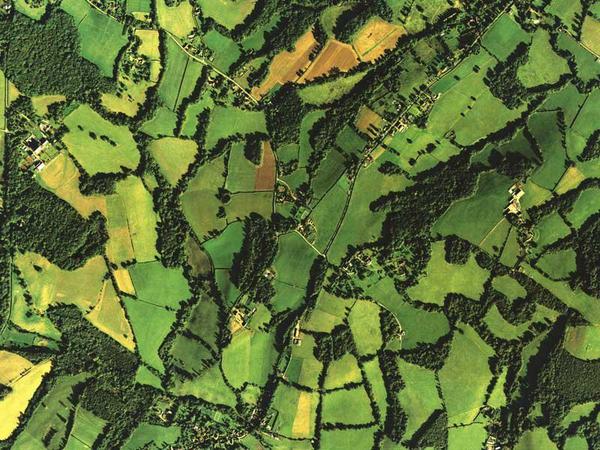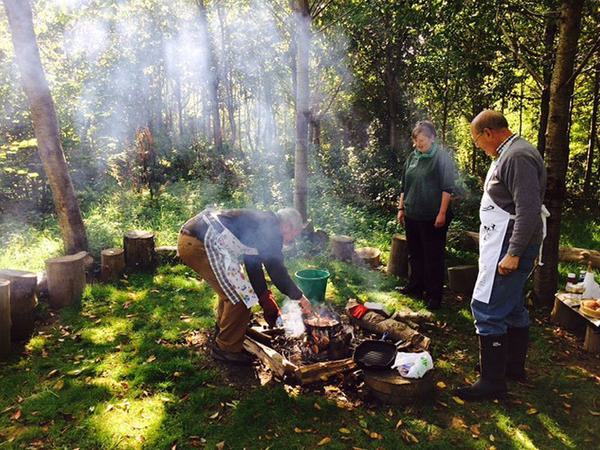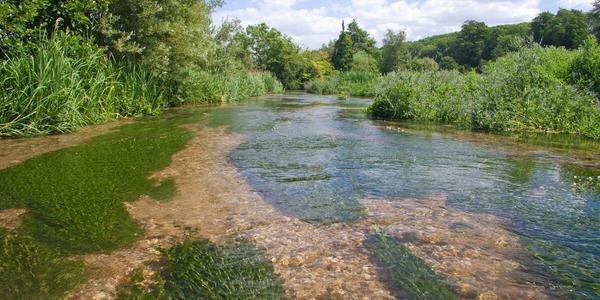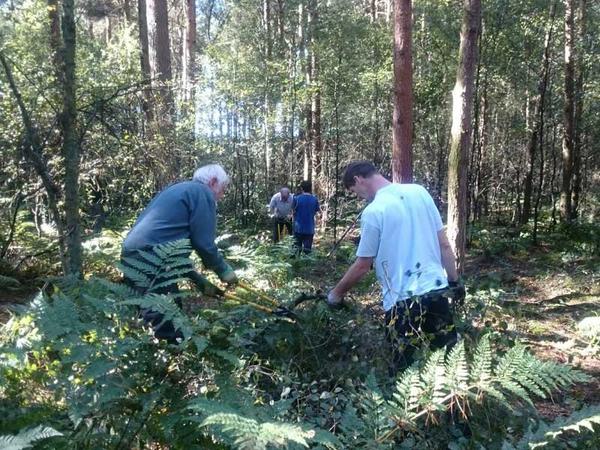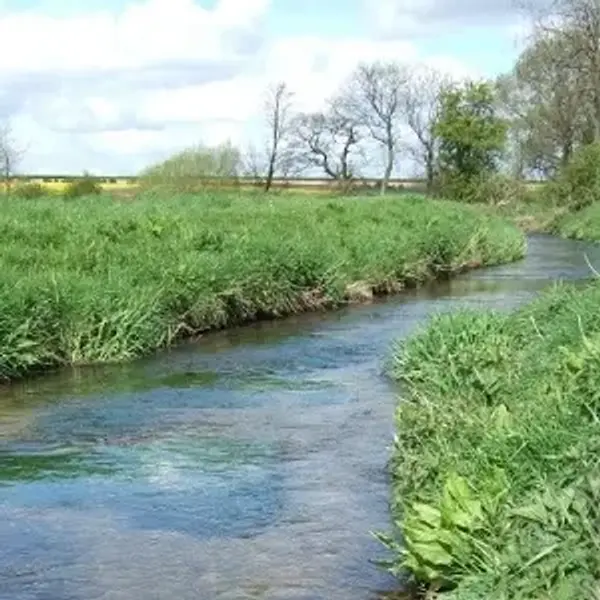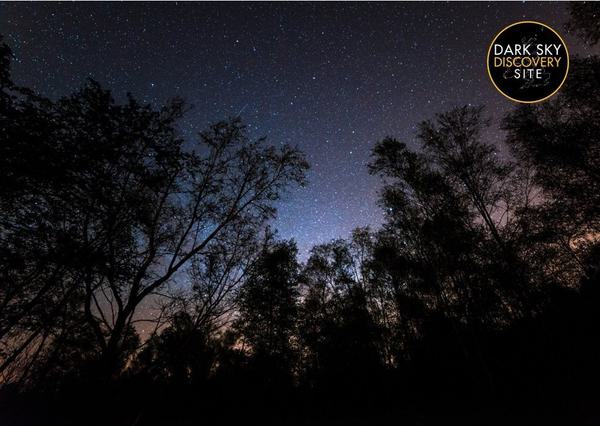Wye Valley River Festival
The Wye Valley River Festival is an ambitious biennial arts and environment festival run by the Wye Valley AONB Partnership. The Festivals in 2014, 2016 and 2018 were co-created with local communities and professional artists. The Festival creates the opportunity to engage the public with key messages about conserving and enhancing the landscape in a fresh and innovative way. Over the 3 Festivals we have engaged over 80,000 people with inspiring art focused on the special qualities of the landscape. The Festival is multi-sited with events spread around the Wye Valley AONB, between Hereford and Chepstow, over 16 days in early May (over the first May Bank Holiday week-end and the following 2 weeks). Through the Festival the AONB Partnership has built new relationships linking outdoor arts with our more familiar partners from built and natural heritage, landowners, local communities, tourism and recreation, deepening their appreciation of the Wye Valley.
What was done
Each Festival has focused on a different theme, based on some of the Special Qualities in the AONB Management Plan. In 2014 the theme was ‘nature and culture’. 2016 was ‘Water’ and our relationship to it locally and globally. ‘Woods & Trees’ was the 2018 theme. Every Festival aims to engage new partners and inspire the community and artists in new ways. For each Festival the delivery team has comprised of the Wye Valley AONB Unit supported by artistic partners, Desperate Men, one of the UK’s leading outdoor theatre companies, and Phillipa Haynes – Festival Director and Netty Miles – Production Manager. A full Festival team is built up for each event.
In 2012 a six year Business Plan and Marketing Strategy was devised for the 3 Festivals, which has now been implemented. Each Festival had an 18 month lead in, including a Research & Development (R&D) phase where the environmental themes are explored with a gathering of artists, conservationists & local communities and the artistic responses initiated. These then feed into the main funding bids to Arts Council (England and Wales) and the AONB Sustainable Development Fund (SDF). Networks are put in place to bring the ambitious plans to fruition. The artistic work created is bespoke to reflect the landscape and themes explored during the R&D phase.
At the heart of each Festival has been a theatrical narrative that brings to life the issues highlighted around the theme and through the R&D. An Ensemble of 6-8 actors perform this theatrical piece at a variety of open air sites, some literally in the woods or on the riverbank, some part of village fetes or pub gardens, some bespoke Festival events, but all in and of the landscape. The performances tell a story and create dramatic tension that lead audiences to identify with the characters and the issues. These are complimented by other artistic commissions, community co-creations (eg. with local brass bands, youth circus, youth theatre, walking groups, etc.) and celebrations and processions.
In the build up to each Festival there is also an outreach programme of activity in schools and local communities. We have worked with choirs, community groups, playgroups, schools, youth groups and community workshops to create work or props for display or performance at the various Festivals. These support the overall narrative or Festival theme and also draw in the local audience through association.
The Festival flows through the AONB, meandering across the landscape like the River Wye and visits upwards of 20 separate locations with about 30 events, over the 16 days. Some locations or festival sites are large attracting an audience of 2000+ and others are smaller and more intimate, allowing work to be showcased in a way appropriate to each location.
The three Wye Valley River Festivals have been hugely successful. With each Festival we have learned lessons and been able to build on contacts and networks to produce a highly memorable series of events focused on the landscape of the Wye Valley AONB.
Outputs/Outcomes
WVRF2014 attracted audiences of nearly 20,000 over 8 main sites, engaged over 1,500 artists and participants, plus over 150 people attended training or workshop sessions. The estimate of net contribution to the local economy was £275,000. The ‘Overall quality of the event’ was rated as Good or Excellent by 98% of respondents to feedback surveys. 65% learned something more about the area because of the event and 99% thought the River Festival was a good idea.
WVRF2016 encompassed 28 events, at 28 venues on sites from Hereford to Chepstow. We exceeded all our targets: Achieving 29,800+ people attending events. 1,200 school children were involved in our workshop programme.
- In addition 1,098 children had Wye Serai school visits with the Ensemble for half a day each. 539 young people worked with artists to create the flags which decorated the Festival sites.
- A further 300+ people participated in community training/workshops. 1000 origami birds were made by over 200 local people from a variety of community groups which were used in one of the installations. A whole community, young and old contributed to the other installation, on Redbrook Bridge. 328 people took part in the walking/story project.
- 220+ local singers, musicians and performers were involved in the performances
- 250+ torchbearers were involved in the Llandogo procession with a further 50 volunteer torchbearers involved throughout the Festival.
- In all 18 local youth theatre groups, choirs and bands took part in the performances.
- 20 students form University of South Wales were involved with the project 15 of which went on to produce performances for the Festival as part of their degree assessments.
- 4 young Festival apprentices, including one Erasmus student from Portugal, were engaged in all aspects of the Festival delivery and arts development and with the 1000 Birds project
- 9 emerging Welsh artists created 3 new outdoor dance commissions showcased/trailed in Monmouth (and later performed at the National Eisteddfod at Abergavenny).
- 12 major Welsh landowning organisations participated in Articulture’s ‘Landowners & Landscape Outdoor Arts’ conference, which was the first of its kind and a landmark event.
- This all equated to around 21,600 workshop hours delivered pre-Festival, 3,234 hours of workshop engagement in schools. 18,300 hours of engagement in community training/workshops and 728 hours of workshop contact pre walk for the walking/story project.
- The overall feedback from audience and participants was very positive. Of those interviewed, the location, organisation and entertainment of the events was rated between 91% – 93% as excellent or good.
WVRF 2018 There were about 30,000 visits or acts of engagement in 30 events at 25 different venues and only one outdoor event had any rain. 2 world premieres were performed on the first day of the Festival: the ‘Heart to Hart’ Ensemble performance celebrated the unique woodlands of the Wye Valley both exploring ash die back, traditional woodland management and deer management while creating wonder and charming audiences. Jony Easterby’s ‘Tree & Wood’ was a enthralling night time promenade installation creating a raphsody of traditional woodland skills set to song, sound and light. Other events included a woodland conference; a night time procession followed tree projections onto Monmouth’s Shire Hall; a festival finale with day long celebration of landscape and art culminating in a phenomenal deer-head fire sculpture and pyrotechnic display. Over 150 singers, musicians and amateur actors came together from riverside communities to perform at the events alongside seasoned professionals. Festival goers were entertained by local youth theatre and circus groups, choirs and bands and a range of professional and local artists. Over 300 torchbearers from the local communities joined together to celebrate their place, in Monmouth and Llandogo.
- A highlight for many was international artist Luke Jerram’s Museum of the Moon at Cadw’s Tintern Abbey, gained national news attention in the Guardian, Telegraph and Times as picture of the day. Tickets sold out, raising £11,700. The Welsh Government Minister for Culture, Tourism and Sport, Lord Elis-Thomas, opened of the Museum of the Moon, gaining added coverage on S4C welsh TV.
- Schools & community outreach work produced creations for display at the Festival as well as lanterns and a large scale processional piece. 150 people attended community workshops. Artists have worked with 11 Primary Schools and about 500 children in preparing artworks (woodland automata) for the Festival. 1 care home and 2 school worked on an inter-generational project,producing puppets and artwork exploring the woods & trees.
- The overall budget was about £200,000. For the first time tickets were sold to one of our events the most of the festival remained free to attend. The new Festival website was created www.wyevalleyriverfest.com.
- There was plenty of social media activity on Twitter: @wyebeauty #wyevalleyriverfestival; and Facebook: www.facebook.com/wyevalleyriverfestival, which now has 2,625 followers.
- A full evaluation report of 2018 is currently in draft. Indications are that this has been the most successful Festival to date.
Learning
WVRF has created great opportunities for learning within the AONB team, the wider partnership and the community as a whole, in festival and event management at a variety of levels. It was one of the aims of the Festival to provide opportunities for skills development, growing people alongside the success of the Festival. Partnerships are key to the co-production and creative success: these take time to establish and require compromise and empathy from each partner, clear boundaries and expectations discussed and shared. Flexible planning and clear communications are critical. Roles and responsibilities need to be established early, SMART objectives set, budgets and milestones monitored. The core team have needed to be flexible and prepared to work day and night to implement a festival of this nature, which is only possible when everyone is committed. A robust marketing plan and budget is also essential – without it you have no audience.
The collaboration between artists, environmentalists and local communities has been at times a steep learning curve form each perspective. But over the 3 Festivals support and respect has been built up through the demonstration of dedication, professionalism and delivery.
What is outstanding about the festival – the seriousness with which the integrity of the artistic quality is paralleled by the importance given to conveying environmental messages and engaging people with the environment
Annie Grundy, Articulture (partner)
The fact that extraordinary, high quality arts/performances were taking place in, what are usually, quiet, rural locations is a hugely successful aspect of the WVRF. The events generated a sense of community cohesion – people could not quite believe what was happening on their doorstep!
Hayley Elton-Wall, Artspace Cinderford (participant)
